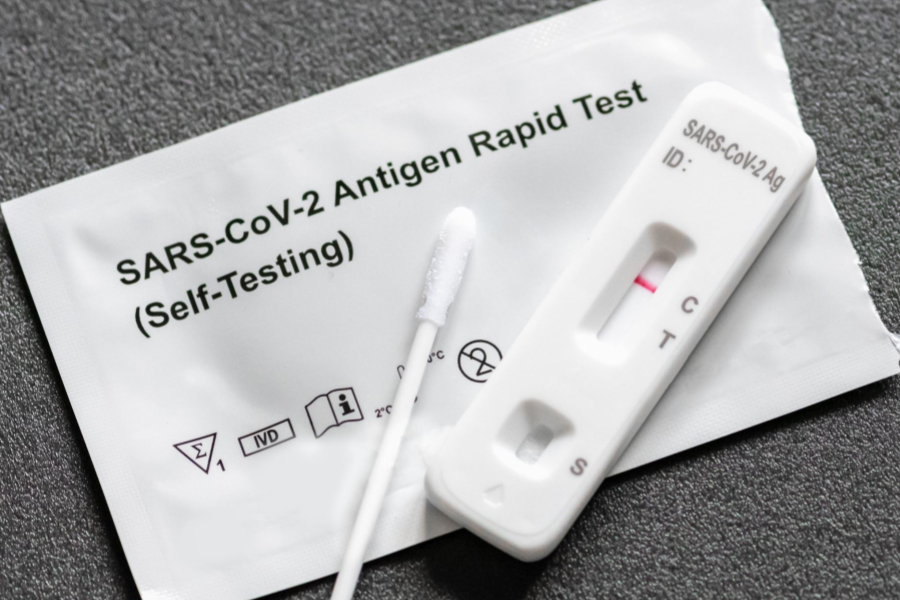
The number of COVID-19 deaths in the U.S. may have been under-counted during the first two years of the pandemic. A new study from the University of Minnesota College of Liberal Arts, Boston University and University of Pennsylvania, published in the Proceedings of the National Academies of Sciences, shows about 1.2 million excess deaths in the pandemic’s first 30 months.
The research team used past mortality trends to produce monthly estimates of natural-cause deaths in different U.S. counties between March 2020 and August 2022. Using this model, the researchers were able to estimate how many deaths would have been expected during this time period if there had not been a pandemic, and calculate how many deaths occurred above the estimated numbers. By focusing on specific U.S. counties, they were able to develop geographically-precise estimates of how excess deaths varied by region and rural versus urban communities.
The study found:
- There were 1.2 million extra deaths attributed to natural causes during the pandemic's first 30 months in the U.S.
- Nearly 1 in 7 excess deaths were not attributed to COVID-19.
- These excess natural-cause deaths were closely related to COVID-19 surges, but often preceded them, meaning deaths at the beginning of COVID-19 surges were often misattributed.
- The gap between official COVID-19 deaths and excess natural-cause deaths was biggest in the U.S. South, the West, and non-metropolitan counties. These may be areas where death reporting systems need the most improvement.
"Like many other health systems, the death reporting system in the U.S. is a decentralized, patchwork system that operates differently throughout the country,” said Elizabeth Wrigley-Field, an associate professor of sociology in the U of M College of Liberal Arts and one of the article’s authors. “These results suggest that improving the quality of death reporting, so deaths are attributed to the correct cause, is an important aspect of preparing for future pandemics — and one that is easily overlooked.”
Members of the research team are working on understanding how the pandemic altered U.S. death rates over a longer period of time, even as the acute pandemic has ended.
Research was supported by the Robert Wood Johnson Foundation, National Institute on Aging, Eunice Kennedy Shriver National Institute of Child Health and Human Development, W. K. Kellogg Foundation and Agency for Healthcare Research and Quality.
- Categories:
- Health
- COVID-19
- Population health




